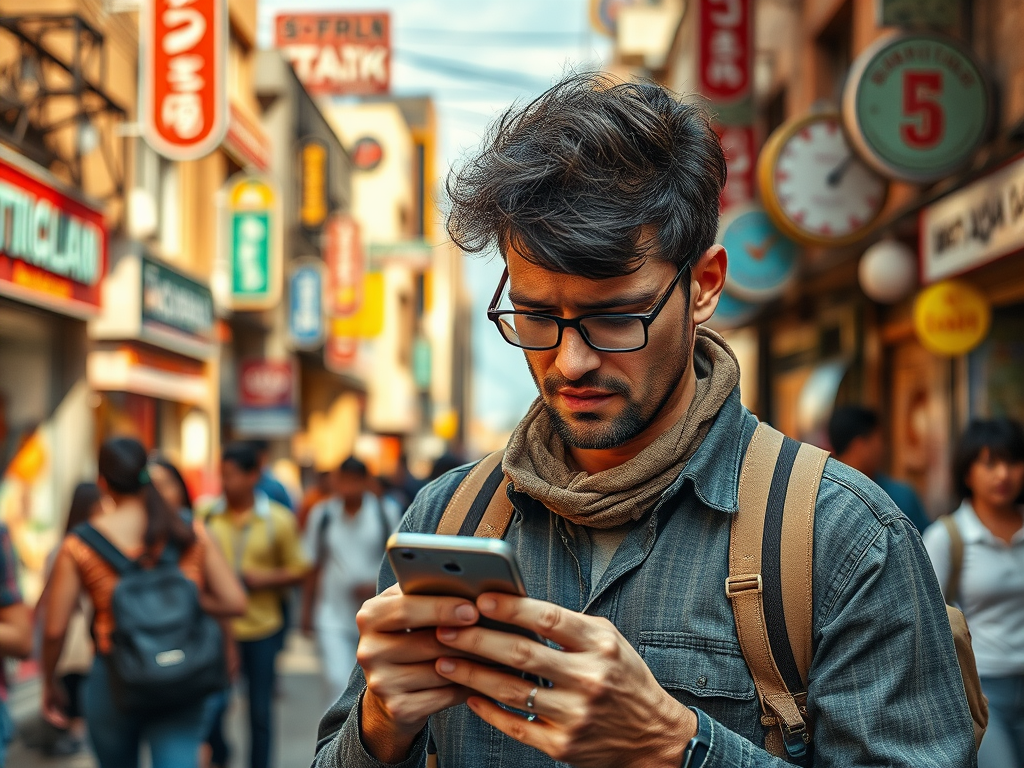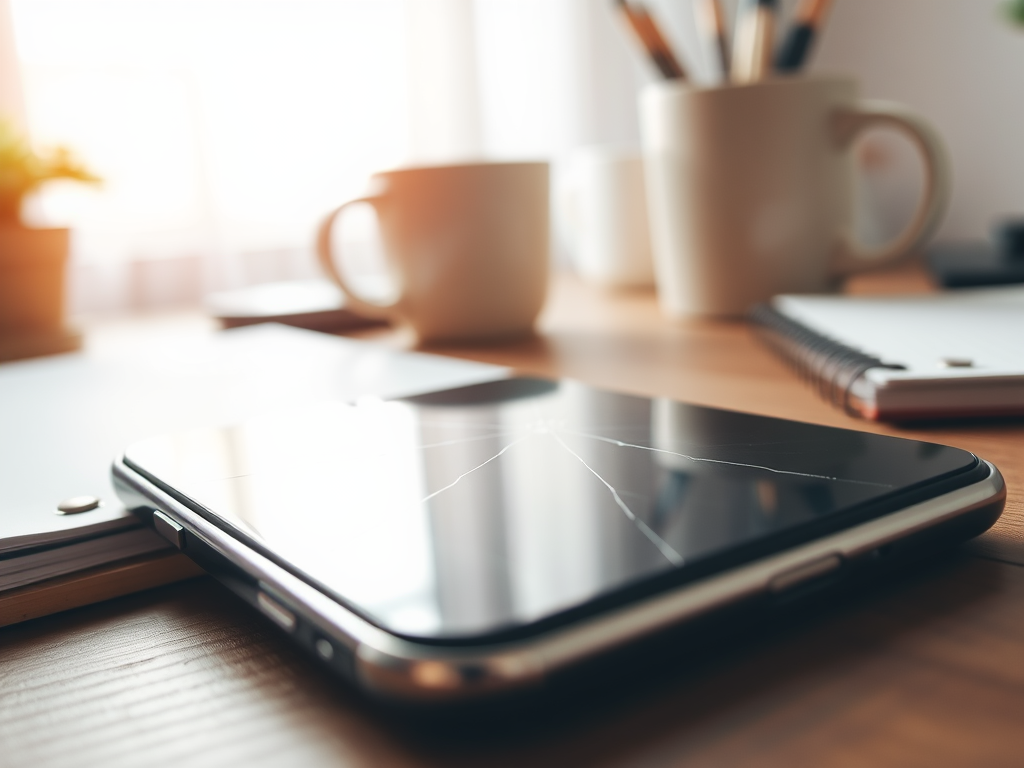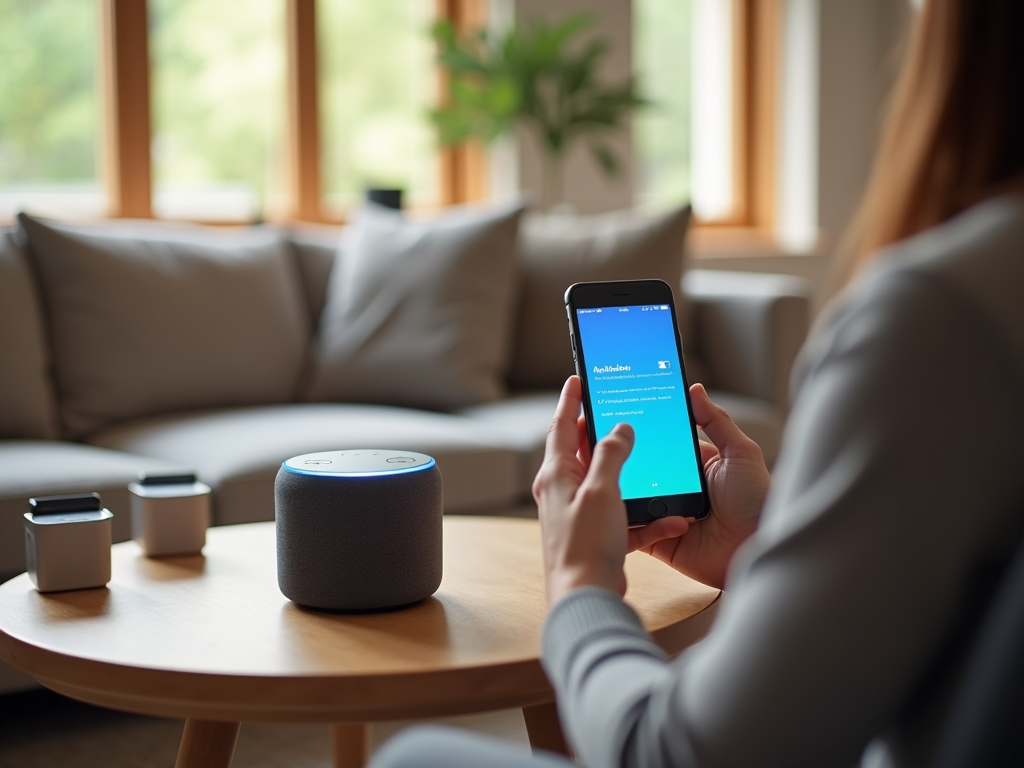In an era where our lives are deeply intertwined with electronics, the loss of a mobile device can be devastating. For iPhone users, securing one’s device is more critical than ever, as theft and loss can lead to not just financial implications but also potential compromises of personal data. Understanding stolen device protection should be a priority for any iPhone user in this increasingly mobile world. Not only do users need to grasp how these protections work, but they should also recognize the full scope of tools at their disposal to mitigate risks effectively. In this article, we’ll delve into the multifaceted dimensions of stolen device protection, equipping iPhone users with essential knowledge to safeguard their devices. Are you ready to take steps toward securing your digital life?
The Importance of Stolen Device Protection
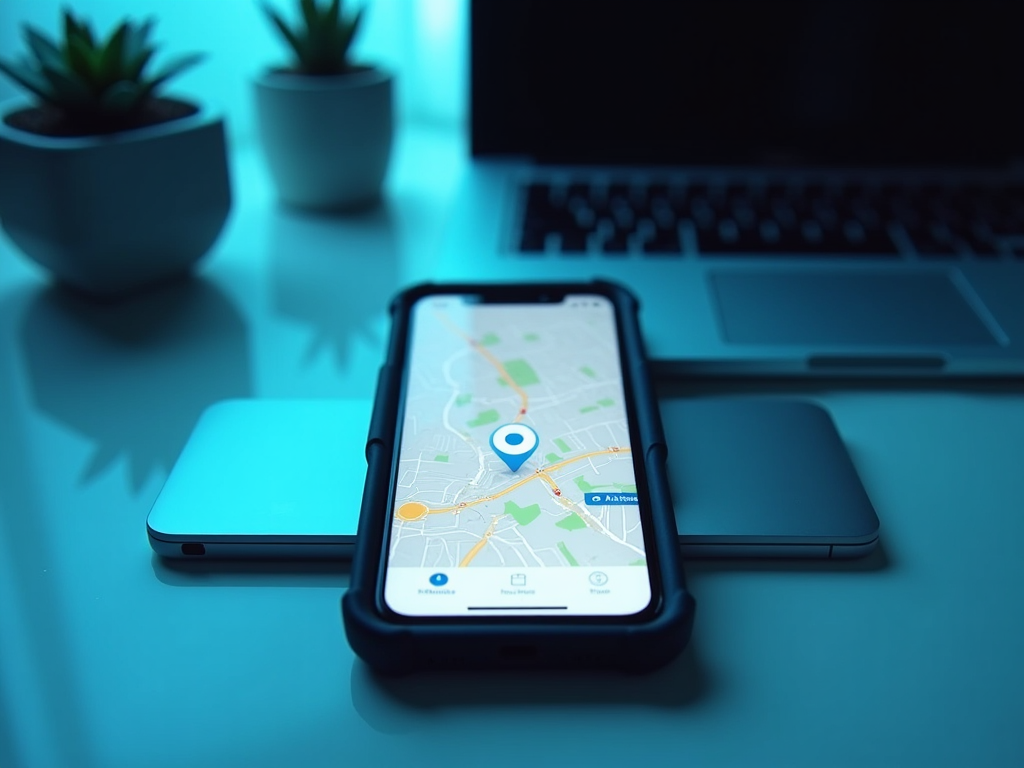
The alarming increase in mobile device thefts has rendered stolen device protection imperative. Every year, millions of smartphones are stolen, resulting in significant instances of identity theft and data breaches. Understanding the impact of losing an iPhone goes beyond just the device; it encompasses the sensitive photos, documents, and personal messages stored within it. These potential vulnerabilities can wreak havoc on an individual’s sense of security. Knowledge of stolen device protection mechanisms equips users with the tools to minimize potential damage and build resilience against theft. Thus, it becomes clear that proactive measures are not just options but necessities for safeguarding personal assets.
Features of iPhone’s Stolen Device Protection
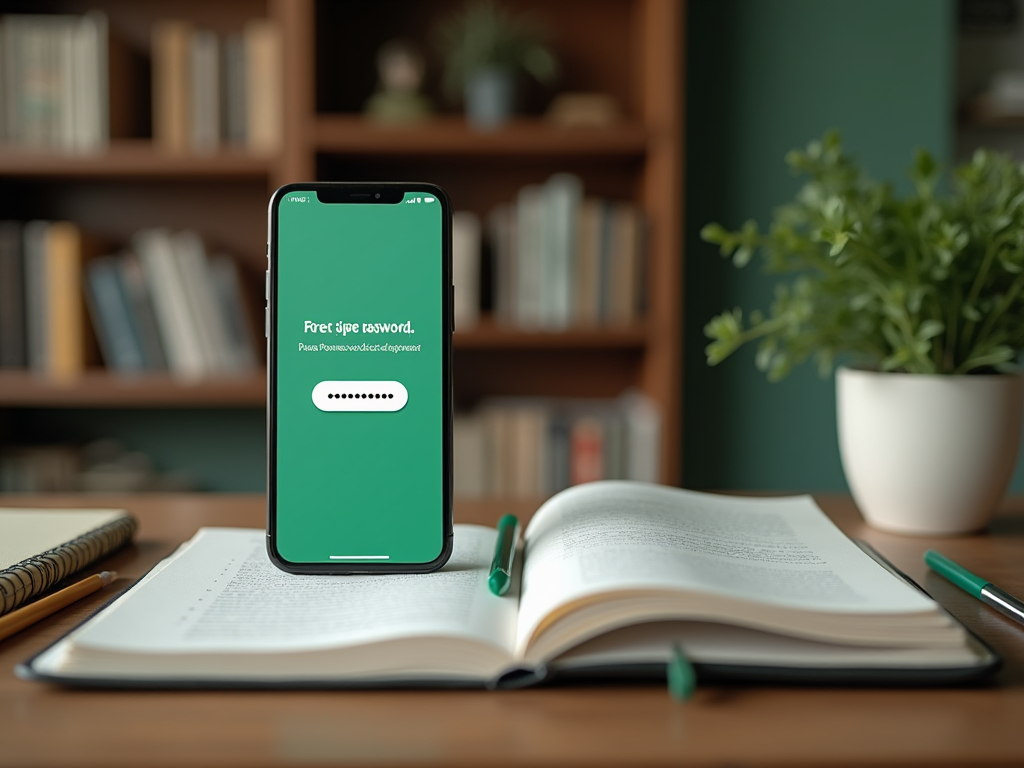
Apple’s iPhones come equipped with various built-in features designed specifically to protect users in the unfortunate event their device is stolen. These features are indispensable for safeguarding personal information. Familiarizing oneself with these options can significantly enhance overall device security. Not only do these tools help recover the device, but they also prevent unauthorized access. Let’s explore some of the key features that iPhone users should activate and utilize.
Find My iPhone
One of the most powerful tools Apple provides for stolen device protection is the “Find My iPhone” feature. This service allows users to locate their device on a map and utilize several functions remotely. To leverage this feature effectively, users must first enable it within their device settings. Here’s a quick overview of its features:
- Real-time location tracking
- Playing a sound to locate the device
- Marking the device as lost to lock it
- Remotely erasing data if necessary
Activation Lock
Another critical security mechanism is Activation Lock, which automatically engages once Find My iPhone is activated. This feature inhibits anyone from accessing or using the device without the owner’s Apple ID and password. It’s a crucial deterrent for thieves, as it severely limits the device’s functionality without the owner’s credentials. This ensures that even if a device is stolen, the thief cannot easily gain access or reprogram it for their use. It adds an additional layer of protection that is vital for safeguarding your personal data.
| Feature | Description | Benefits |
|---|---|---|
| Find My iPhone | Locate your device on a map and take remote actions | Recover lost devices, protect data |
| Activation Lock | Prevents unauthorized access without your credentials | Discourages theft, protecting your information |
| Data Protection | Encrypts data and allows for remote wiping | Safeguards personal information |
Data Protection
iPhones have built-in encryption that plays a crucial role in data protection. If your device ends up in the wrong hands, without encryption, your sensitive data could be easily accessible. Apple’s security protocols ensure that data is not only protected during transfer but also when stored on the device. Users can also take advantage of remote wiping features that allow them to delete all data from their phone if it is stolen. Such proactive measures are essential for minimizing risks associated with lost or stolen devices.
Additional Steps for Enhancing Security
Despite the robust features built into iPhones, users should consider additional security measures to enhance their device protection. By integrating best practices, they can make their devices significantly less appealing to thieves and mitigate risks further. Let’s look at some crucial strategies that go hand in hand with the built-in features provided by Apple.
Regular Updates
Keeping your iPhone’s software updated is imperative for protecting against newly discovered vulnerabilities. Apple consistently releases updates that address security flaws and enhance existing features. Users should enable automatic updates or periodically check for updates manually to ensure the device runs smoothly and securely. Keeping software updated is a simple yet effective strategy to safeguard against potential threats and exploits.
Strong Passwords and Biometric Authentication
Setting a strong password is one of the simplest yet most effective safeguards against unauthorized access to your iPhone. Complementing this with biometric authentication methods such as Face ID or Touch ID adds an extra layer of security. Here are some tips for creating strong passwords:
- Use a mix of uppercase, lowercase, numbers, and special characters
- Avoid common words or easily guessable information
- Change passwords regularly and do not reuse old ones
By combining these techniques, users can significantly enhance their device’s protection and deter potential thieves.
Reporting a Stolen iPhone
If your iPhone is stolen, knowing how to act quickly can make all the difference in recovering it. First, immediately access the Find My iPhone feature to track your device’s last known location. Next, contact your local law enforcement to report the theft and provide any necessary details. It’s also advisable to notify your carrier to suspend service and minimize financial liabilities. Quick action can increase the chances of recovery, so being well-informed can prove invaluable.
Conclusion
Understanding stolen device protection is more than a precaution—it’s a necessity in today’s world. For iPhone users, leveraging the built-in features coupled with proactive measures is crucial for safeguarding personal information and minimizing risks associated with theft. By employing the tools Apple provides and following best practices, iPhone users can significantly enhance their device security. Ultimately, knowledge is power; being well-informed empowers users to protect their data and devices against theft effectively.
Frequently Asked Questions
- What should I do if my iPhone is stolen? Immediately report the theft via the Find My iPhone feature, contact your local law enforcement, and notify your carrier to suspend service.
- Can I track my stolen iPhone without Find My iPhone enabled? No, without Find My iPhone enabled prior to the theft, tracking the device is not possible.
- What happens if someone tries to turn off Find My iPhone? If someone attempts to turn off Find My iPhone, Activation Lock will prevent them from doing so without your Apple ID and password.
- Is stolen device protection the same for Android devices? No, Android devices have different security features and solutions for stolen device protection. Users need to explore options available for their specific devices.
- Can stolen device protection recover my data if my device is found? If your device is recovered and you have used features like remote wipe before it was found, your data may be unrecoverable. Always maintain backups using iCloud or other services.

